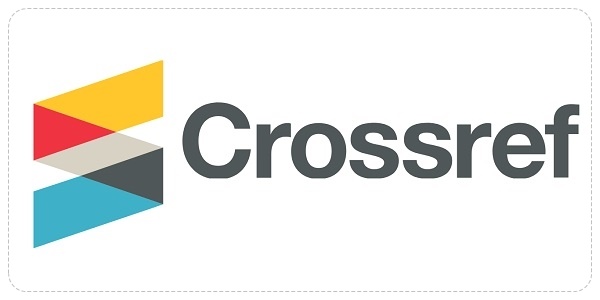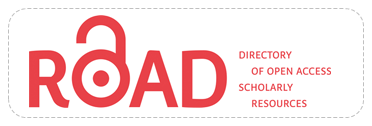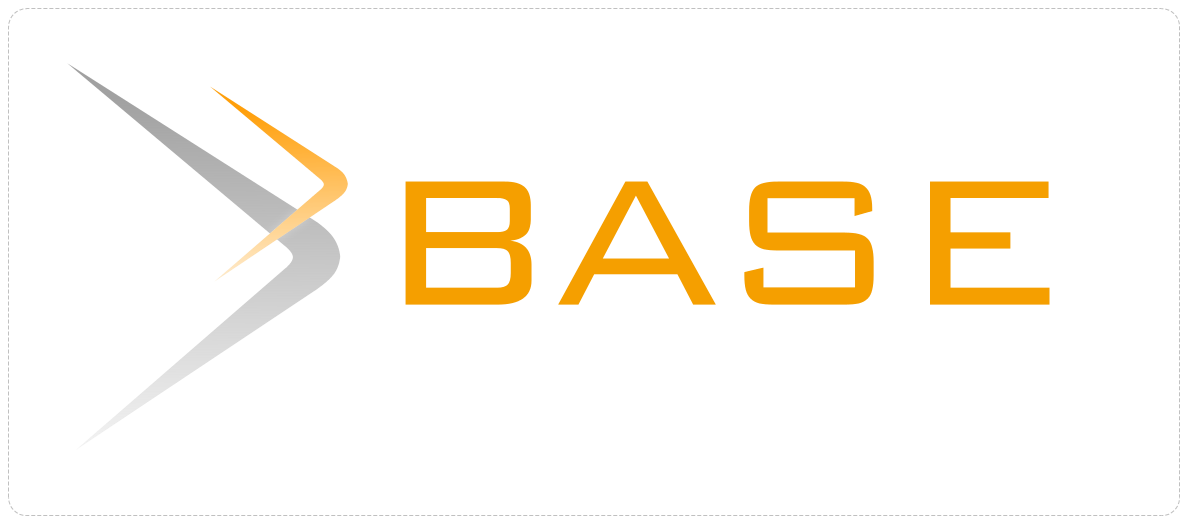PEDAGOGIK LITERASI KRITIS ; SEJARAH, FILSAFAT DAN PERKEMBANGANNYA DI DUNIA PENDIDIKAN
Abstract
Makalah ini bertujuan untuk menganalisis konsep pedagogik literasi kritis, mulai dari sejarah, pemikiran para filsuf, dan perkembangannya di dunia pendidikan dewasa ini. Penelitian ini dilatarbelakangi oleh masih jarangnya pembahasan literasi sebagai kekuatan pengubah struktur sosial, pendidikan literasi kritis dapat membantu siswa untuk menandai dan mengurai beragam teks yang merepresentasikan marjinalisasi sosial, penyalahgunaan kekuasaan, ketidakadilan, penindasan, isu ras, isu gender, dan beragam kesenjangan sosial lainnya. Pendidikan literasi kritis akan membantu siswa menjadi agensi untuk mengubah realitas sosial yang kurang memihak. Metode penelitian yang digunakan adalah analisis konsep dengan desain analisis generik (McMillan & Schumacher, 2001) atau integrative review (Whittemore and Knafl 2005). Hasil dari penelitian menunjukkan bahwa sejarah literasi kritis dimulai dari pemikiran Paulo Freire, seorang pedagog dari Brazil yang banyak membawa perubahan di dunia pendidikan melalui pemikirannya tentang konsep literasi sebagai aktivitas membaca kata dan dunia, literasi kritis juga dianggap sebagai kekuatan sosial (Gramsci), perjuangan emansipasi wanita (Ajayi), Agensi dan pemecahan masalah sosial (Hendriani dkk). Penelitian ini memiliki signifikansi untuk memperkaya khazanah pedagogik pada umumnya, khususnya pedagogik kritis pada lingkup pendidikan literasi. Implikasi dari penelitian ini adalah untuk pengembangan pendidikan berbasis literasi kritis pada jenjang pendidikan dasar sampai pendidikan tinggi.
This paper aims to analyze the concept of critical literacy pedagogy, from history, philosophers' thinking, and its development in the world of education today. This research is motivated by the rarely discussed literacy as a power to change social structure, critical literacy education can help students to mark and parse various texts representing social marginalization, abuse of power, injustice, oppression, racial issues, gender issues, and various other social inequalities. Critical literacy education will help students become an agency to change the impartiality of social reality. The research method used is concept analysis with generic analysis design (McMillan & Schumacher, 2001) or integrative review (Whittemore and Knafl 2005). The results of the research indicate that the history of critical literacy begins with the thought of Paulo Freire, a Brazilian pedagogue who brought much change in the world of education through his thoughts on the concept of literacy as the activity of reading the word and the world, critical literacy also regarded as social forces (Gramsci), the struggle for emancipation women (Ajayi), Agency and social problem solving (Hendriani et al). This study has significance to enrich the pedagogic treasures in general, especially critical pedagogy on the scope of literacy education. The implications of this research are for the development of critical literacy-based education at the elementary to higher education level.
Keywords
Full Text:
PDF (Bahasa Indonesia)References
Alwasilah, AC (2012). Pokoknya Rekayasa Literasi. Bandung: PT Kiblat Buku Utama
Abidin, Y (2012). Pembelajaran Bahasa Berbasis Pendidikan Karakter. Bandung: Refika Aditama
Ajayi, L. (2012). Video “reading” and multimodality: A study of ESL/literacy pupils’ interpretation of Cinderella from their socio-historical perspective. The Urban Review, 44(1), 60-89.
Ajayi, L. (2015). Critical multimodal literacy: How Nigerian female students critique texts and reconstruct unequal social structures. Journal of Literacy Research, 47(2), 216-244.
Anstey, A. & Bull, G. (2006). Teaching and Learning Multiliteracies: Changing Times, Changing Literacies. Newark, DE: International Reading Association
Beilke, J. (2005). Whose World This ?. Journal of Multicultral Education. Indiana : Ball State University, vol 5, pp.2-7
Brady, D.R. and Asselin, M.E., (2016). Exploring outcomes and evaluation in narrative pedagogy: An integrative review. Nurse education today, 45, pp.1-8
Burbules, N. C., & Berk, R. (1999). Critical thinking and critical pedagogy: Relations, differences, and limits. Critical theories in education: Changing terrains of knowledge and politics, 45-65.
Cooper, K., & White, R. E. (2008). Critical Literacy for school improvement: an action research project. Improving Schools, 11(2), 101-113.
Corbin, J., & Strauss, A. (2008). Basics of qualitative research: Techniques and procedures for Developing grounded theory. Los Angeles, CA: SAGE.
Dalman (2014). Keterampilan Menulis. Jakarta: Raja Grafindo Persada
Fairclough, N. (1992). Critical language awareness. London: Longman
Freire, P.,& Macedo,D. (2005). Literacy : Reading the Word and the World. London : Routledge Classics
Freire, P. (1970/2008). Pendidikan Kaum Tertindas [Tim Redaksi LP3ES. Trans]. Jakarta : LP3ES
Giroux, H. A. (2007). Introduction: Democracy, education, and the politics of critical pedagogy. Counterpoints, 1-5.
Hammond, J. & Macken-Horarik, M. (1999). Critical literacy: Challenges and questions for ESL classrooms.TESOL Quarterly, 33 (3), 528-543.
Hendriani, A, Nuryani, P, Ibrahim T. (2017). Desain Pendidikan Hadap Masalah Berbasis Literasi Kritis di Sekolah Dasar. Laporan Penelitian Afirmasi LPPM UPI
Ibrahim, T. (2017). Dialog Landasan Pedagogik. Bandung: Rizki Press
Ioannidou, E. (2015). Critical literacy in the first year of primary school: Some insights from Greek Cypriot classrooms. Journal of Early Childhood Literacy, 15(2), 177-202
Kesuma, D. & Ibrahim, T. (2016). Struktur Fundamental Pedagogik (Membedah Pemikiran Paulo Freire). Bandung : Refika Aditama
Koh, A. (2002). Towards a critical pedagogy: creating „thinking schools‟ in Singapore. Journal of Curriculum Studies, 34:3, 255-264
Kucer, S. (2005). Dimensions of Literacy: A Conceptual Base for Teaching Reading and Writing in School Settings. Second Edition. London: Lawrence Erlbaum Associates, Publishers
McMillan, James H. & Schumacher, Sally. (2001). Research In Education, A Conceptual Approach (Fifth ed.). New York: Addison Wesley Longman, Inc
Morrell, E. (2009). Critical research and the future of literacy education. Journal of Adolescent & Adult Literacy, 53(2), 96-104.
Nasiroh, E. (2015). Penerapan Metode Pembelajaran Berbasis Skemata Kritis Untuk Meningkatkan Kemampuan Literasi Kritis. Bandung : Skripsi UPI
Pescatore, C. (2007). Current events as empowering literacy: For English and social studies teachers. Journal of Adolescent & Adult Literacy, 51 (4), 326-339
Priyatni. (2011). “Pengembangan Bahan Ajar Membaca Kritis Berbasis Intervensi Responsif dengan Multimedia”.Disertasi, Program Studi Pendidikan Bahasa Indonesia, Program Pasca Sarjana, Universitas Negeri Malang
Robandi, B., Kesuma, D., Riyadi, A. R., & Ibrahim, T. (2017). The Profile of Critical Consciousness at Indonesia University of Education Students’ on Educational Phenomenon.
Rogers, R., Mosley, M., & Kramer, M. (2009). Designing socially just learning communities:Critical literacy education across the lifespan. New York, NY: Routledge.
Simon, R. (1992) Teaching against the Grain. Texts for a pedagogy of possibility (Toronto, OISE Press).
Thelin, W. H. (2005). Understanding problems in critical classrooms. College Composition and Communication, 114-141.
Thomson-Bunn, H. (2014). Are They Empowered Yet?: Opening up Definitions of Critical Pedagogy. In Composition Forum (Vol. 29). Association of Teachers of Advanced Composition.
Whittemore, R., Knafl, K., 2005. The integrative review: updated methodology. J. Adv. Nurs. 52, 546–553.
DOI: https://doi.org/10.17509/pdgia.v16i1.10811
Refbacks
- There are currently no refbacks.
INDEXED BY

This work is licensed under a Creative Commons Attribution-ShareAlike 4.0 International License















